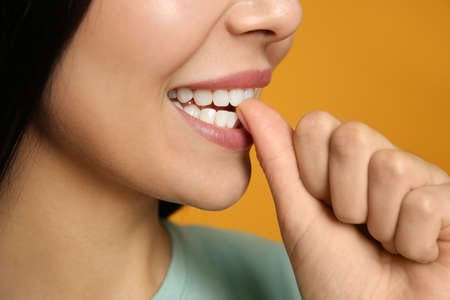How to Break Your Finger Biting Habit
Onychophagia, commonly referred to as nail biting, is a chronic oral habit that is repetitive and compulsive in nature, and generally seen in children and young adults. Often interpreted as a temporary habit, this behavior can become severe and permanent if not identified and addressed.
Onychophagia is often associated with several other disorders like Excoriation Disorder (skin picking), Dermatophagia (Skin biting) and Tricholillomania (hair pulling).
Although onychophagia is a medical condition and is associated with poorer health, there are no guidelines for assessment or treatment.
Symptoms:
Feelings of unease or tension before biting nails
Feelings of relief or even pleasure after biting nails
Feelings of shame, embarrassment, or guilt that are related to the physical appearance of the nails
Tissue damage to finger, nails, and cuticles
Mouth/Dental Injuries
Infections & Bleeding
Studies estimate the prevalence of nail biting at 20% - 30% of the general population. More prevalent in children, with one study noting a 37% prevalence among individuals age 3-21 and 21.5% among those age 18-35 years.
A total of 64.4% of doctors see nail biting in their practices, and 60.6% never or only on request ask patients about nail biting and examine their nails. Furthermore majority of doctor’s aren’t even sure which specialist to refer nail biters out to.
Although onychophagia is associated with poorer health, on average, less than half of nail biters seek help.1
Keep reading with a 7-day free trial
Subscribe to Rooted In Health to keep reading this post and get 7 days of free access to the full post archives.





